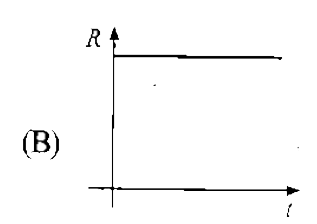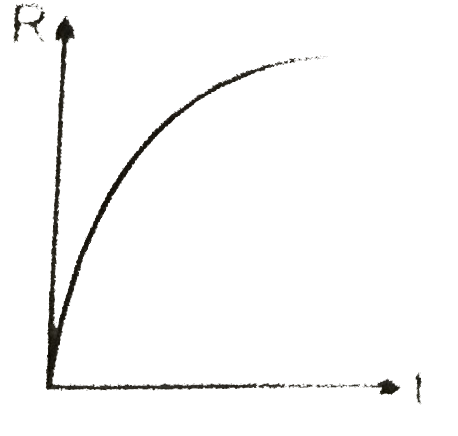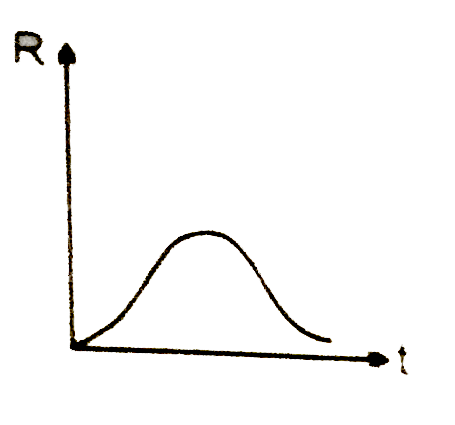A radioactiev nuleus X deays to a stable nuleus Y. Then, time graph of rate of formation of Y against time t will be:




The correct Answer is:C
Step by step video, text & image solution for A radioactiev nuleus X deays to a stable nuleus Y. Then, time graph of rate of formation of Y against time t will be: by Physics experts to help you in doubts & scoring excellent marks in Class 12 exams.
Updated on:21/07/2023Similar Questions
A radioactive isotope X decays into a stable nucleus Y. Draw graphs showing the variation of rate of formation of Y versus time and the variation of population of Y versus time. Initial population of Y is zero.
View SolutionThe graph represents the decay of a newly-prepared sample of radioactive nuclide X to a stable nuclide Y. The half-life of X is t. The growth curve for Y intersects the decay curve for X after time T. What is the time T ?

View Solution
Knowledge Check
The radioactive nucleus of an element X decays to a stable nucleus of element Y.A graph of the rate of romation of Y against time would look like:
A B
B C
C D
D
If decompositon reaction A(g)toB(g) follows first order linetics then the graph of rate of formation (R ) of B against time t will be :
A B
B C
C D
D
A radioactive sample decays to form a stable nuclide. A graph showing variation of rate of disintegration (dNdt) of radioactive sample with time (t) is
A B
B C
C D
D
A radioactive element X with half life 2 h decays giving a stable element Y. After a time t, ratio of X and Y atoms is 1:16 .Time t is
View SolutionA radioactive element A with a half-value period of 2 hours decays giving a stable element Y. After a time t the ratio of X and Y atoms is 1:7 then t is :
View SolutionHow can be rate of reaction at a specific in the be determined from a graph of concentration against time ?
View SolutionGraph of rate of cooling against time is (assume Newton's law of cooling)
View SolutionNuclei of a radioactive element X are being produced at a constant rate K and this element decays to a stable nucleus Y with a decay constant λ and half-life T1/3. At the time t=0, there are N0nuclei of the element X.
The number NY of nuclei of Y at time t is .
View Solution
